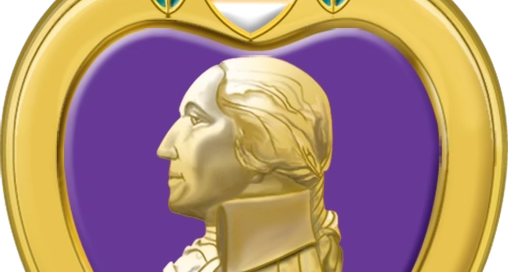During World War II, the US Military ordered up loads of Purple Heart medals in anticipation of our inevitable invasion of the Japanese homeland. When the dropping of the nuclear bombs terminated the war in August of 1945, there were 495,000 left over.
Purple Hearts are awarded under the following conditions of being wounded or killed::
In any action against an enemy of the United States
As a result of an act of any enemy or opposing armed forces
While serving with friendly foreign forces engaged in armed conflict against an opposing armed force, even if the US is not a belligerent party
As a result of an act of international terrorism or a foreign terrorist attack, either overseas or on domestic soil
By friendly fire while directly engaged in armed conflict.
There is a long list of qualifying injuries, which, somewhat controversially does not include post-traumatic stress disorder (PTSD) or disease because neither involve wounds per se.
Estimates vary, but somewhere between 10 and 30% of all military veterans are suspected of suffering some degree of PTSD.
As for disease, historically this is the greatest single killer in war. But this changed for the US Military in WWII. From a definitive report:
Throughout America's first 145 years of war, far more of the country's military personnel perished from infectious diseases than from enemy action. This enduring feature of war was finally reversed in World War II, chiefly as a result of major medical advances in prevention (vaccines) and treatment (antibiotics).
Vaccines saved a lot of lives, but penicillin was the big breakthrough then regarding the control of wound infections.
Anyway, back to the Purple Hearts.
Keep reading with a 7-day free trial
Subscribe to Thomas P.M. Barnett’s Global Throughlines to keep reading this post and get 7 days of free access to the full post archives.




